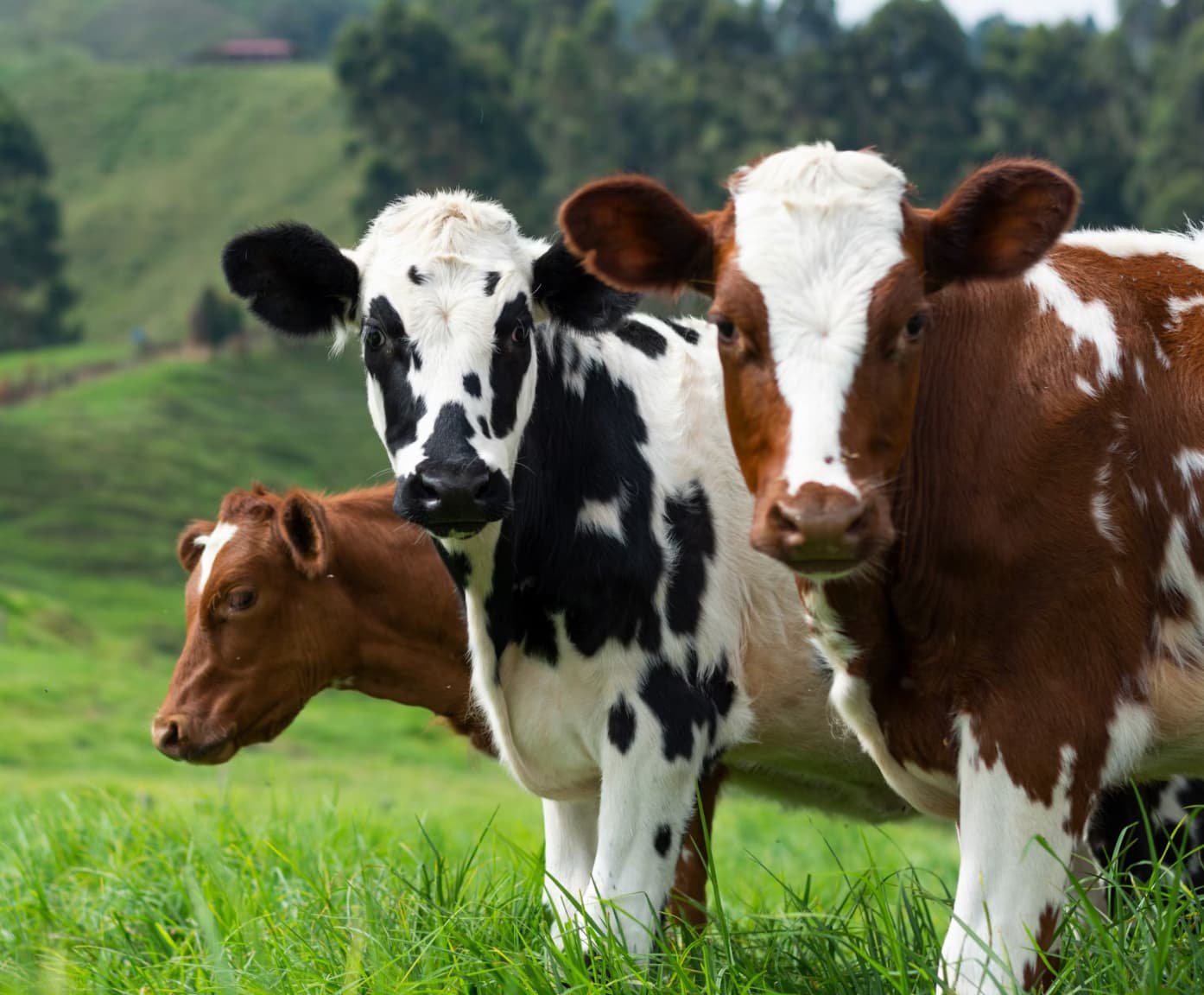TABLE OF CONTENTS
Dystocia in Animals
When the first or especially the second stages of parturition is markedly prolonged, becomes difficult or impossible for the dam to deliver the foetus without artificial aid, the condition as termed “Dystocia”.
The term dystocia comes from the greek and means “difficult birth”.
Incidence
- The overall incidence of dystocia varies with the species and with breeds within the species.
- The bovine species is most often affected but ewes, particularly when carrying twins, can show a high incidence.
- Mares and sows are much less commonly affected.
- In the bitch the incidence varies with the breed, it is comparatively common in the Scottish, Boston and Sealyham terriers and in the miniature varieties of Corgi, Poodle and Dachshund and in Mongrels.
- Maternal clystocia occurs less frequently than fetal dystocia in the mare, cow and ewe but in the sow and bitch it predominates.
- Dystocia is common in primipara than in pleuripara.
- Heavier male calves, twin pregnancy is cattle and low litter size in multiparous species, increases the incidence.
- Pregnancies that terminate early are conductive to dystocia through the medium of uterine inertia and fetal malposture. Prolonged gestation causing fetal oversize, close confinement, overfreeding, gross underfeeding, too early breeding increases the incidence.

Common Forms of Dystocia
Cow
- Disproportion between the fetal size and pelvic diameters are common especially in primipara.
- The occurrence of monsters such as schistosomus reflexus, perosomus elumbis, double monsters and foetuses with general ankylosis is higher than in other species.
- Twin dystocia, uterine torsion, breech presentation, lateral deviation of head and neck, postural abnormalities of limbs are common in bovines.
- Uterine inertia and failure of cervix to dilate are occasionally seen. Transverse pregnancy is rare.
Mares
- Dystocia is most often caused by an abnormal presentation, position and posture. The long extremities of the fetus tend to predispose to dystocia. Abnormal posture of the head and neck is one of the most common causes of dystocia in mares.
- Transverses presentation is common when compared to other species.
- Wry neck is characterized by an ankylosis and atrophy and contraction of the neck muscles, thus causing the head and neck to be fixed in a lateral direction alongside the body, similar to a severe, long standing case of torticollis. The neck cannot be straightened even after fetus is delivered. It is commonly seen equines.
Ewes and goats
- Postural abnormalities and twin or triplet dystocians are common.
- Relative oversize of the head is seen as a cause for dystocia in certain crosses of sheep.
- Imperfect cervical dilatation (Ring womb) is common in ewes.
Sows
- The incidence of uterine interitia is fairly high. Small litter size tends to cause larger foetuses that may predispose to dystocia.
Bitches
- Disproportion between fetal size and pelvic diameters is common in toy and achondroplastic breeds.
- Uterine inertia, either primary or secondary is a frequent cause of dystocia.
- Nervous voluntary inhibition of parturition may occur due to excitement, a strange environment or pain.
- Poll presentation and lateral deviation of the head and neck are quite frequent causes of dystocia.
Cats
- Dystocia due to postural abnormalities of the head and neck and to breech presentation are common.
Causes of Dystocia
The heritable causes of dystocia include genetic defects in the dam that predispose her to birthing difficulties, as well as hidden or recessive genes in the parents that may result in fetal abnormalities, increasing the risk of dystocia.

